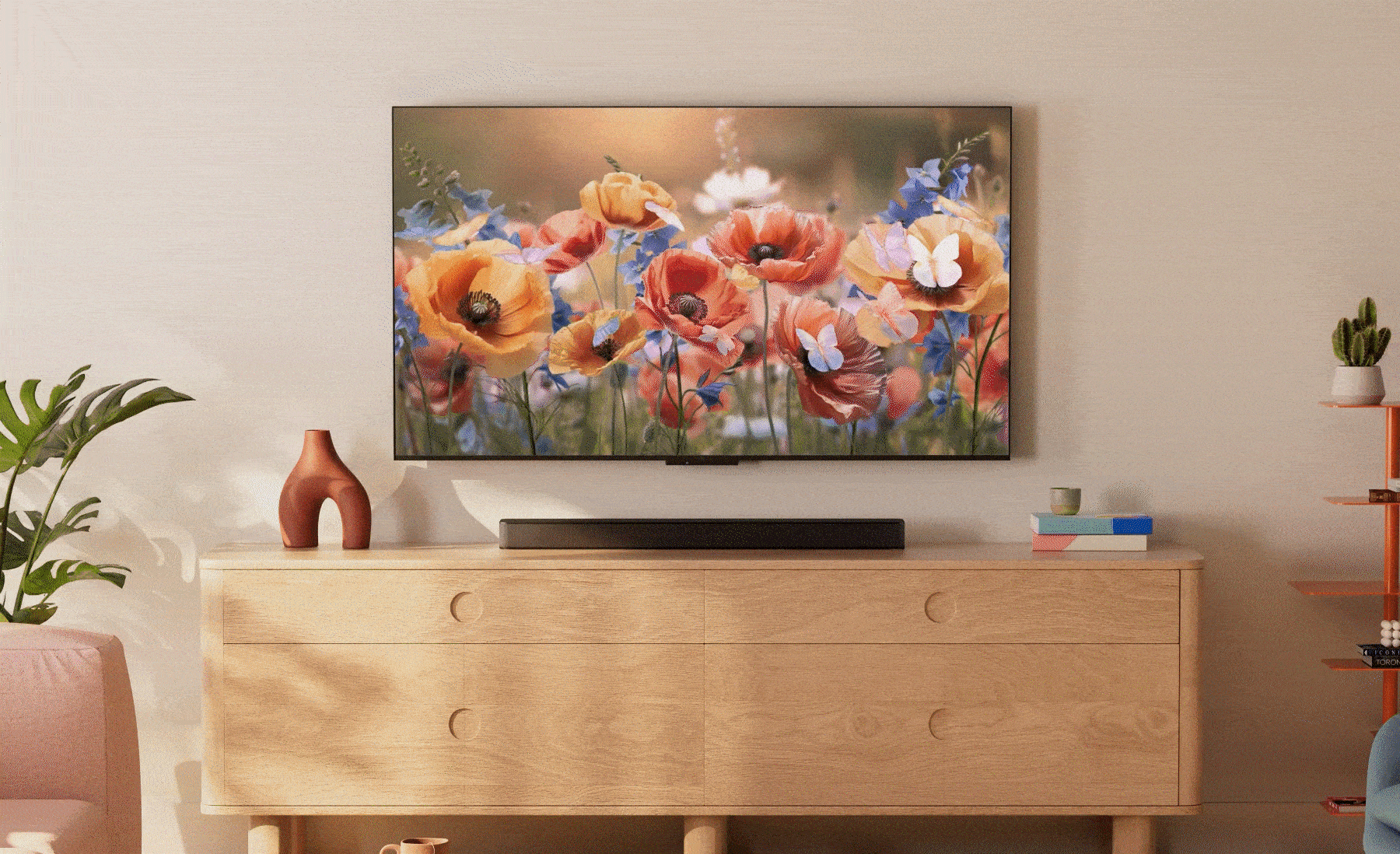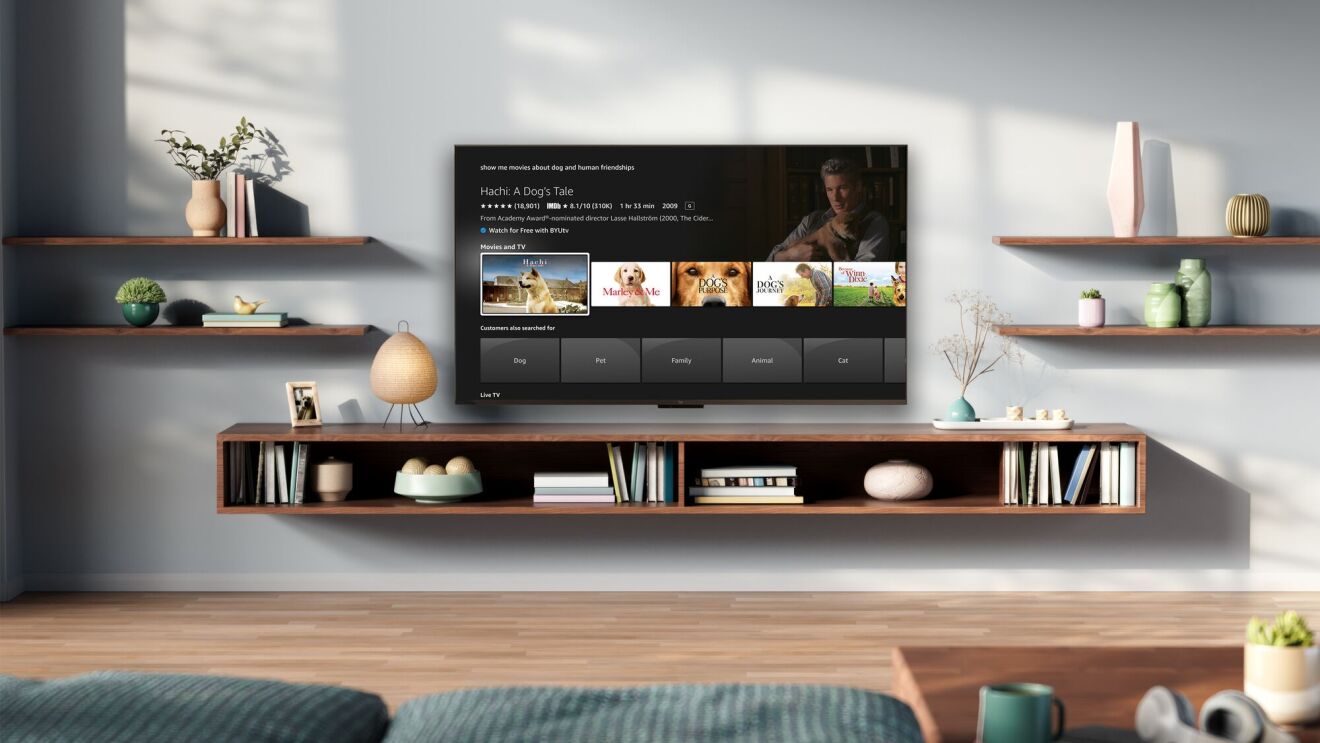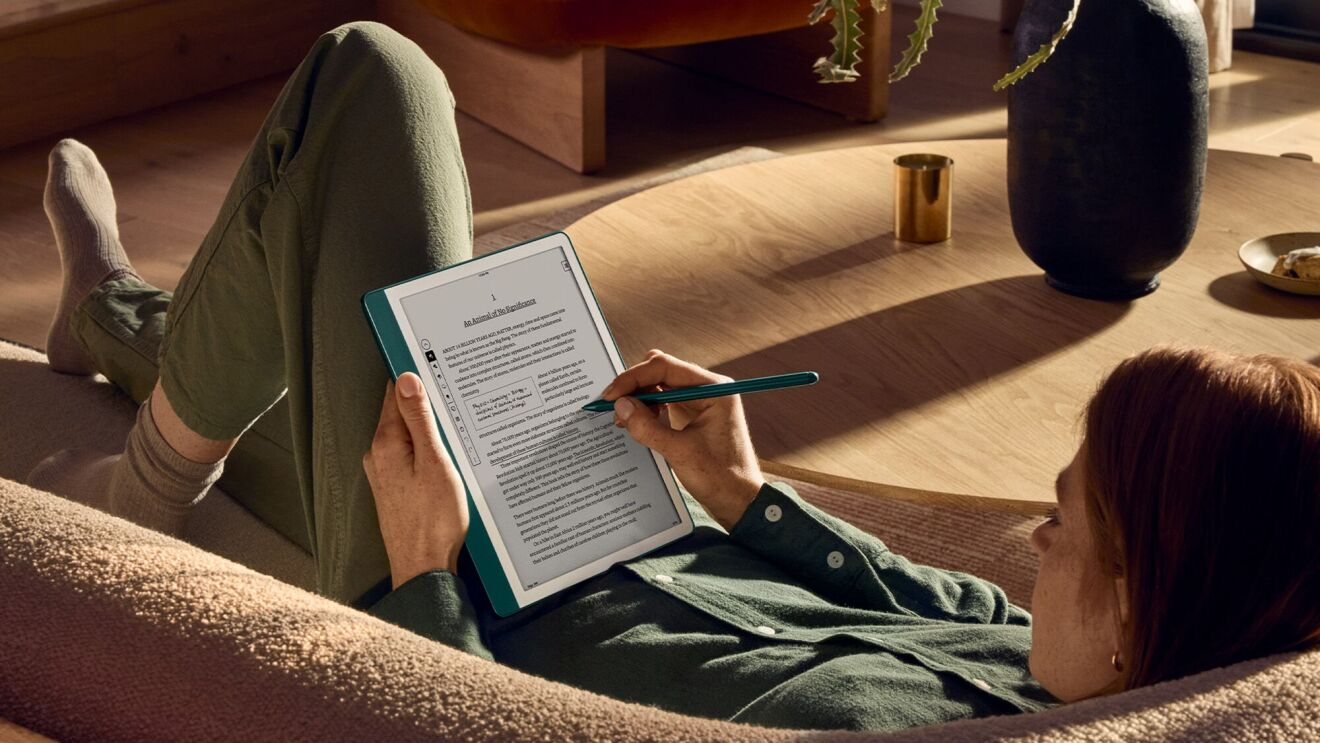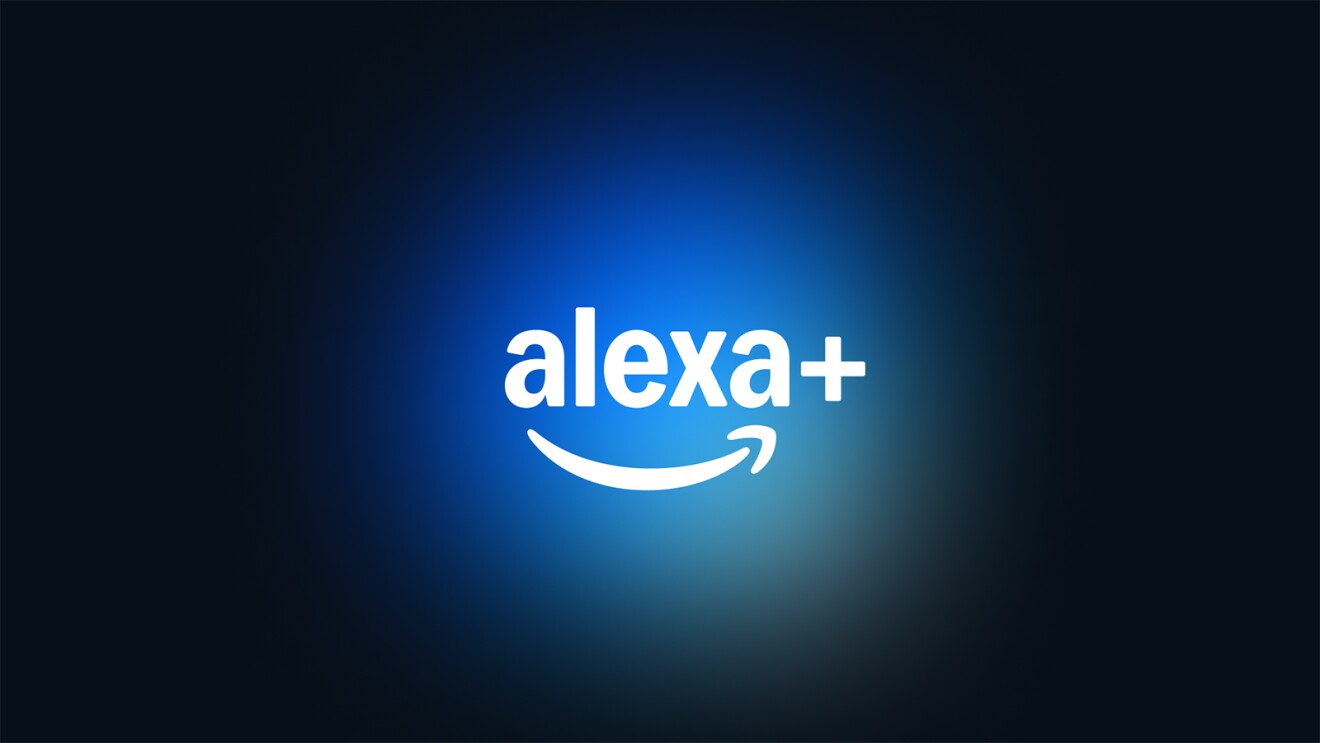Amazon co-founded The Climate Pledge as a commitment to reach net-zero carbon by 2040. We made this commitment because we believe we have a role to play to help address the climate crisis. For the organization I work in, that means making sure sustainability is foundational to how we build and design all of our devices and services.
We were the first consumer electronics manufacturer to take responsibility for the electricity used by our devices by investing in renewable energy, including wind and solar farms. Since then, we have continued to incorporate recycled post-consumer plastics, fabrics, and metals into many of our newest Amazon devices, and that continues with newly announced devices like Kindle Scribe, Echo Dot, and Fire TV Cube. We’ve also continued to send automatic, over-the-air updates to our existing devices to make sure they stay useful for customers—because building devices that last longer for customers can significantly reduce that product’s carbon footprint, according to our recent peer-reviewed research that was presented at the European Conference on Safety and Reliability.
But we have a responsibility to lead and do more. So, I’m excited to share some updates about the hard work and invention our teams have done—and continue to do—as we march toward our sustainability goals.
Teaming up with industry peers to tackle climate impact of internet-connected devices
We recently announced our shared commitment to decarbonize the emissions associated with internet-connected devices alongside Meta, Microsoft, Samsung, and Sky. In an effort led by the Carbon Trust, , we helped form a secretariat to develop the industry’s first specification to guide the use-phase of internet connected devices. Together, we have the potential to accelerate the consumer electronic industry’s transition to net-zero carbon. We believe this is an important step forward and encourage more manufacturers in the industry to join us in this effort.
More Climate Pledge Friendly products
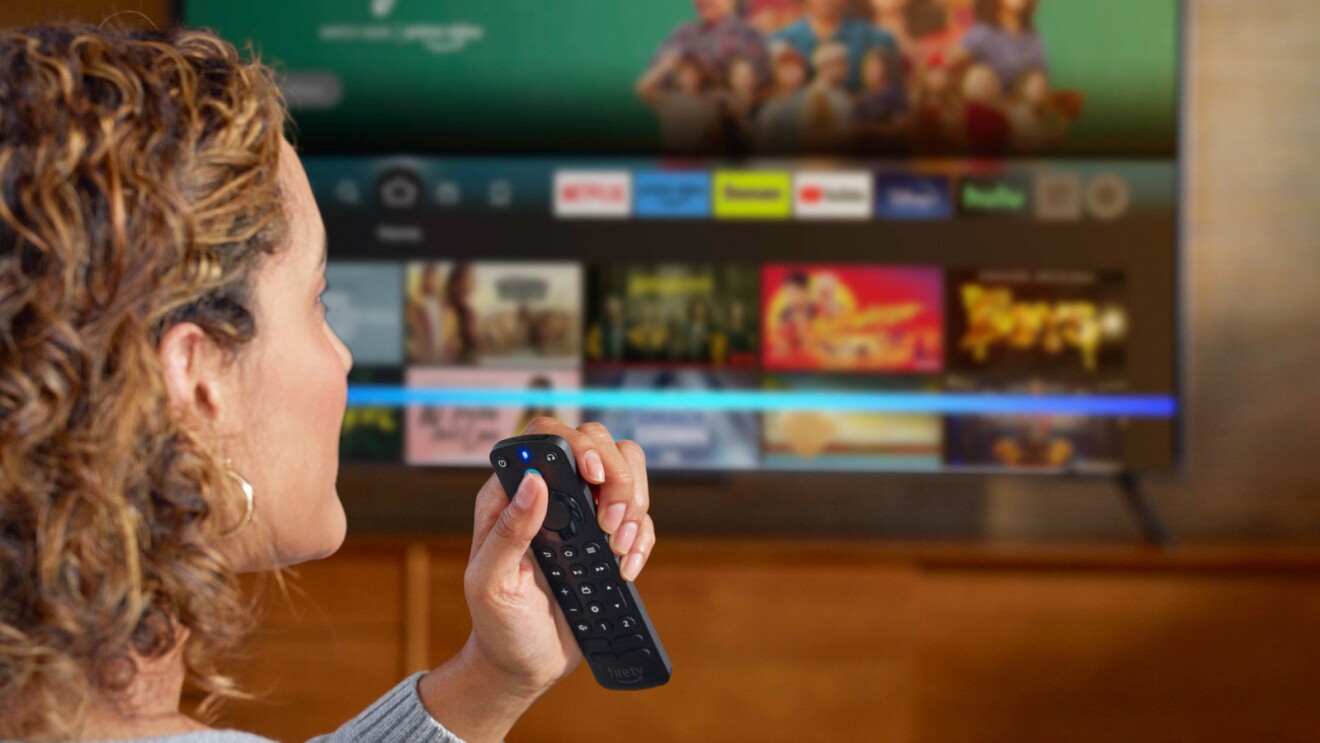
Amazon launched the Climate Pledge Friendly program to help make it easy for customers to discover and shop for more-sustainable products by labeling products that have one or more sustainability certifications. For our devices, we’ve partnered with trusted third-party certifications and created our own certification, Compact by Design, to highlight products that meet our sustainability standards, including previously launched devices like Echo Show 15, Fire TV Stick, and Kindle Paperwhite. We’re excited that nine new products recently received the designation, including the Alexa Voice Remote Pro, Echo Auto, Echo Dot, Echo Dot with Clock, Echo Dot Kids, Fire TV Cube, Fire TV Omni QLED Series, Halo Rise, and Kindle Scribe.
Inventing 100% recyclable device packaging
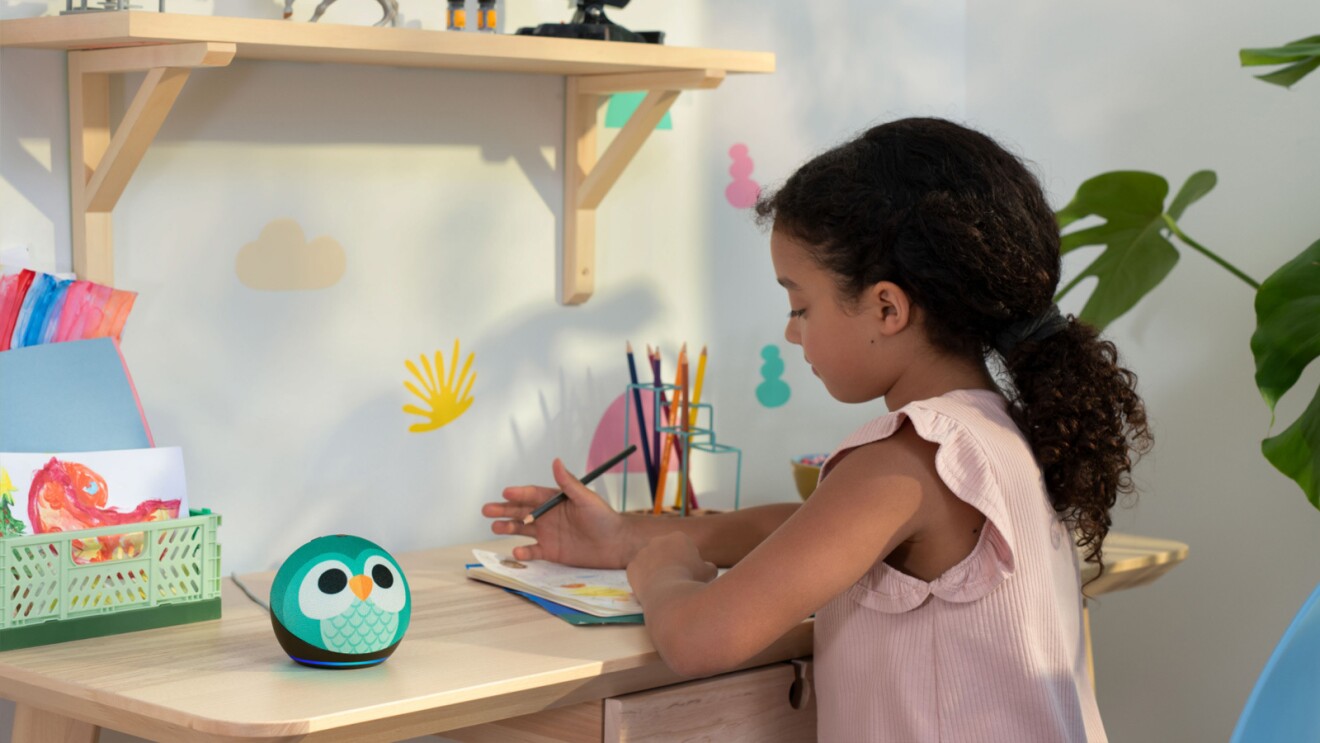
We know we must use our size and scale for good, and that includes adopting more sustainable practices, from the materials we use to build devices to how they are packaged. That’s why in 2020, we set an ambitious goal to make Amazon device packaging 100% recyclable by 2023, a first for the consumer electronics industry. I am proud to share that we’re ahead of schedule on this commitment. We recently announced that Kindle, Kindle Kids, and Fire HD 8 tablets will each have 100% recyclable device packaging here in the U.S., and now nine additional devices will also have 100% recyclable device packaging in the U.S.: Alexa Voice Remote Pro, Echo Auto, Echo Dot, Echo Dot with Clock, Echo Dot Kids, Fire TV Cube, Halo Rise, Kindle Scribe, and Ring Spotlight Cam Pro.
Meeting our 100% recyclable device packaging commitment was a key priority, but we needed to ensure devices were protected as they shipped and that we maintained the great out-of-the-box experience for customers. So, we worked with our suppliers to develop paper-based wraps and films that would protect the devices and still be compatible with recycling streams. For devices like Echo Dot, we no longer use any wrap around the device—instead, it has a corrugated piece so you can still easily pull the device out of the box. The Kindle and Kindle Kids device packaging is made of 100% wood-fiber based materials from responsibly managed forests or recycled sources, utilizing an integrated tear seal to open the box, rather than a sticker tear seal. And, for Ring Spotlight Cam Pro, we developed a paper-based battery insulator that went through rigorous testing to ensure it transported in perfect condition for customers. Learn more about how we’re working to reinvent and simplify our outbound packaging as well.
Making existing devices better

Amazon has a long track record of building devices that are deeply integrated with services. We’re incentivized by our customer obsession to ensure that our services make Amazon devices that customers already own increasingly delightful—and useful—for years. We’re also motivated to keep making customers’ existing devices more efficient—including by launching Low Power Mode, which we’ve rolled out to a majority of Echo and Fire TV devices. Low Power Mode is a feature that reduces a device’s lifetime energy consumption by using less power during periods of inactivity.
We announced the Amazon Smart Thermostat last year with the belief that all thermostats should be smart—regardless of price. We’re proud to report that it’s the best-selling smart thermostat on Amazon.com this year. But we wanted to make this device even more helpful for customers. The electricity in our neighborhoods is often powered by several different energy sources, including solar, wind, and fossil fuels, that can change throughout the day—meaning at certain times, your home may be using cleaner energy sources that emit less CO2. Later this year, Amazon Smart Thermostat customers in the U.S. who opt-in will be able to limit energy usage during times when electricity may be less clean; Alexa will be able to automatically adjust the temperature by one degree.
We also wanted to empower more customers to make informed decisions about when to use more or less electricity. That’s why we are updating the Energy Dashboard in the Alexa app to show a forecast of when cleaner electricity is available, so you can plan ahead for activities that are more energy intensive, like running the dishwasher or dryer. And don't forget, you can also view when your compatible Alexa-connected devices were running—including devices from Philips, Emerson, Resideo, Rheem, Sengled, and Tuya Partners—and the energy used up to 18 months ago.
While we are proud of this progress, we know there is so much more work to do. We are energized by the inventive solutions that will be required to address these challenges in front of us and what we are determined to deliver in the future. Learn more about Amazon’s work to make devices and services more sustainable.
Trending news and stories
- Amazon unveils 7 new robots powering faster, safer deliveries: Go inside our most innovative delivery station yet
- Introducing Vulcan: Amazon's first robot with a sense of touch
- This new AI tech will make sorting packages easier for Amazon's delivery station employees
- 15 photos from Project Kuiper's first launch of low Earth orbit satellites


